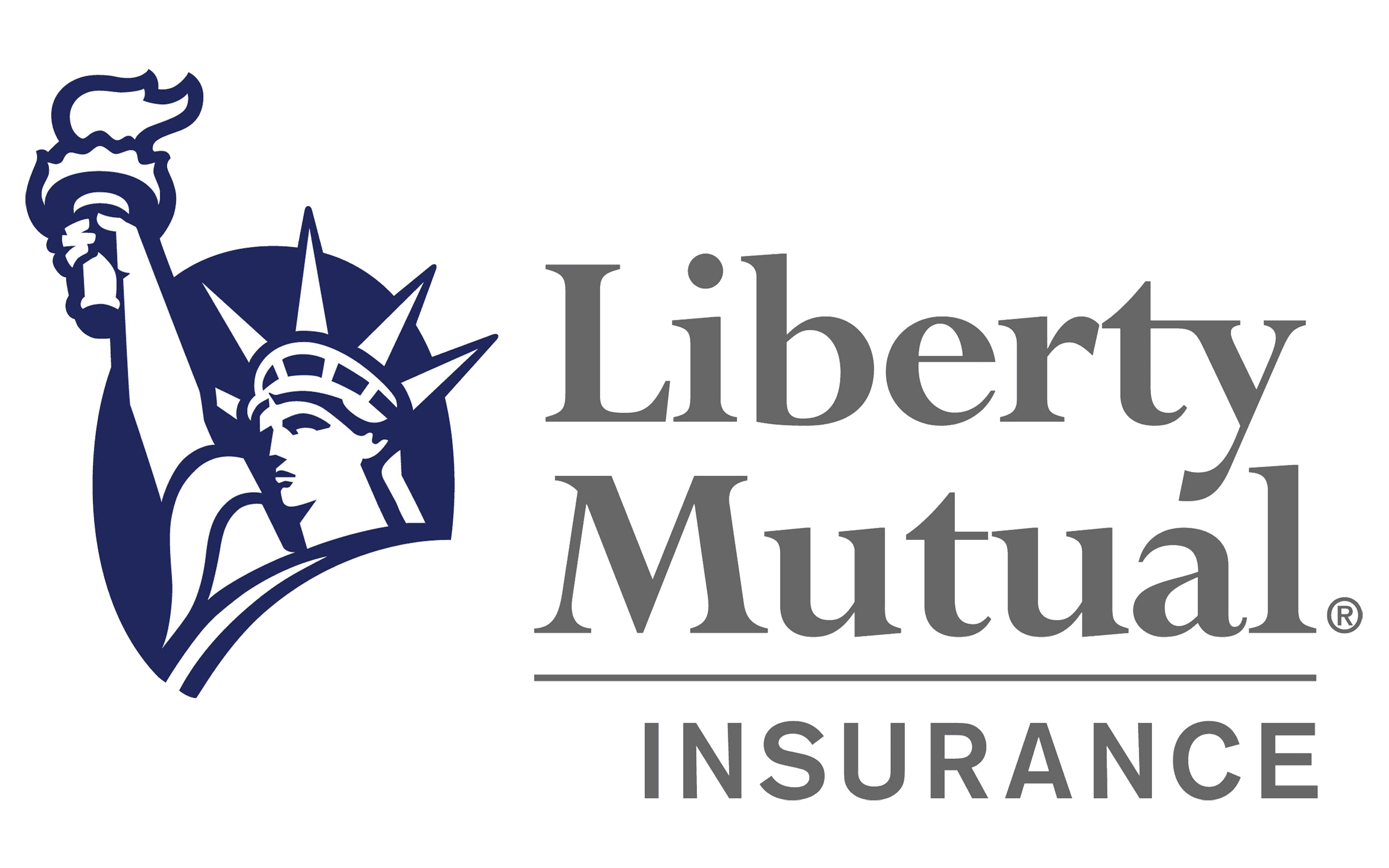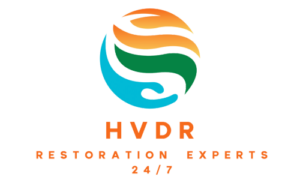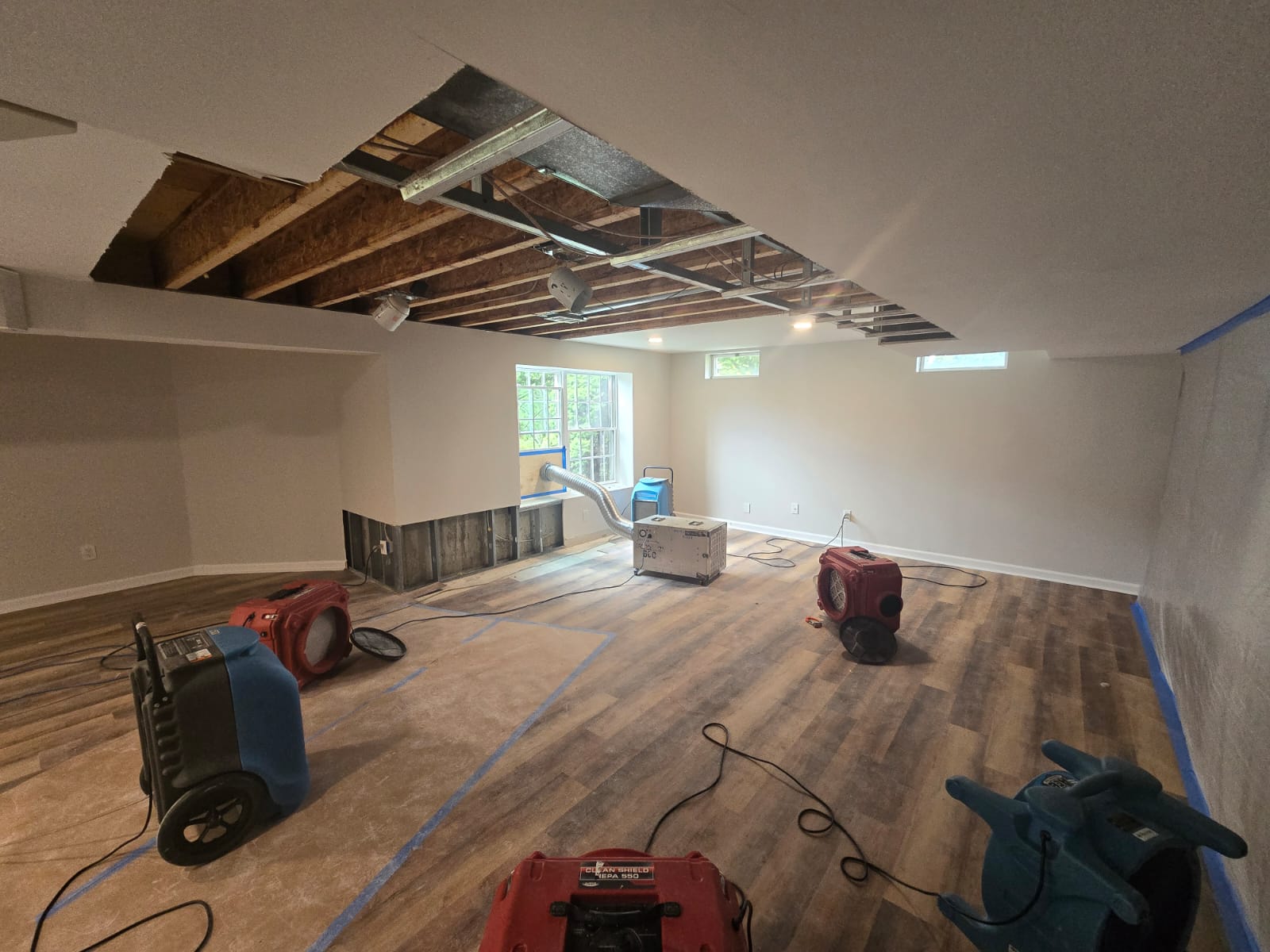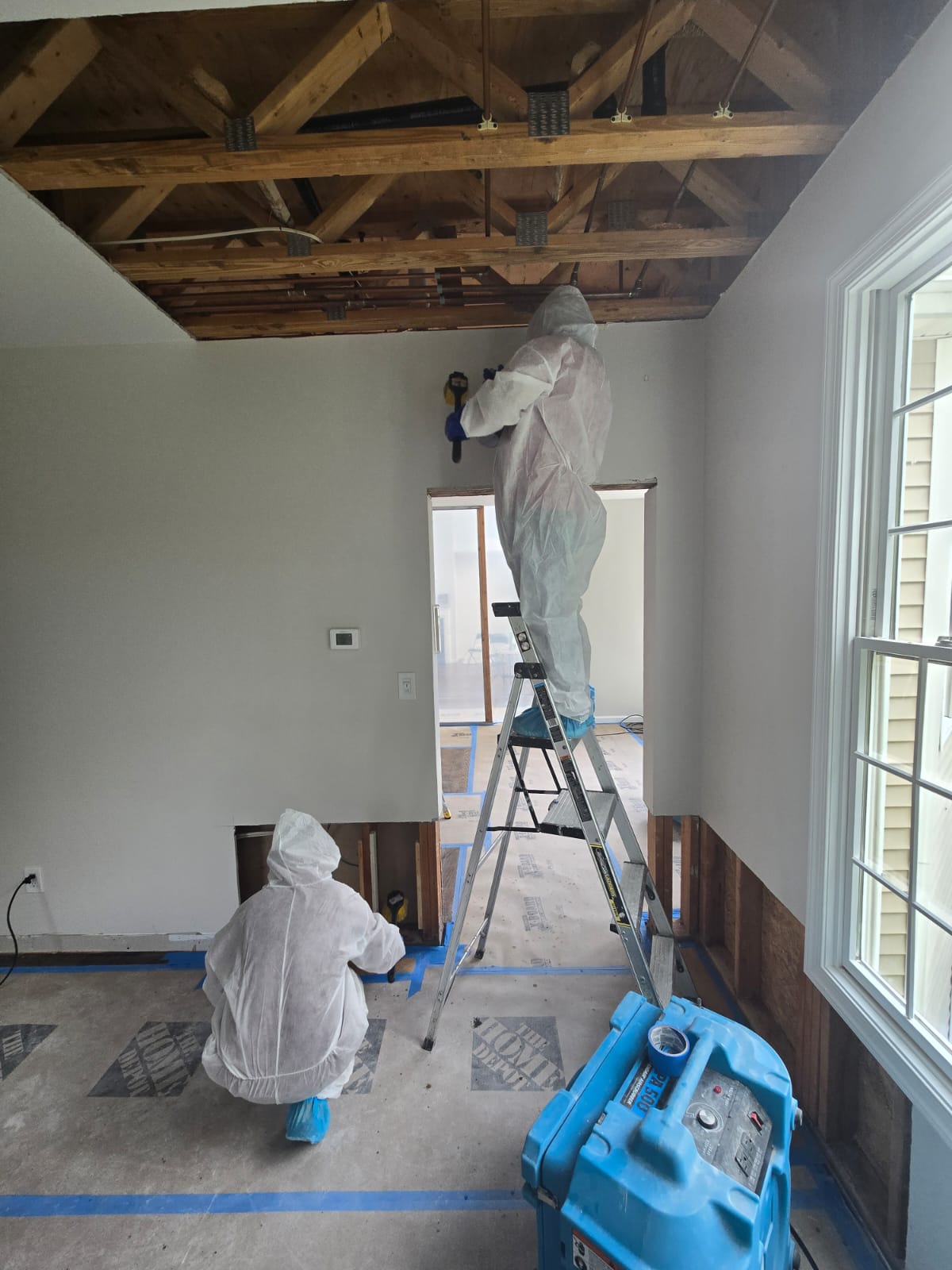OUR WATER DAMAGE RESTORATION PROCESS
Emergency Response and Inspection
The restoration process begins with an immediate response to assess the extent of the water damage. The team evaluates the source of the water (e.g., flooding, burst pipe, or roof leak) and categorizes the water (clean, gray, or black water) to determine the level of contamination. This inspection helps to create a detailed plan of action.
Water Source Control
If the source of water damage is still active (e.g., a burst pipe or roof leak), the first priority is to stop the flow of water. This may involve shutting off the water supply, making emergency repairs, or tarping a damaged roof to prevent further water intrusion.
Water Extraction
Industrial pumps and vacuums are used to remove standing water from the affected areas. Fast and effective water extraction is critical to minimizing the damage to the structure and personal belongings. The team focuses on removing as much water as possible to prevent further spread and reduce drying time.
Debris Removal and Safe Disposal
Any materials that have been severely damaged by water, such as soaked drywall, carpets, or insulation, are removed from the property. Items that are unsalvageable are disposed of properly, especially if contaminated by gray or black water. This step helps prevent mold growth and allows for a more thorough drying process.
Drying and Dehumidification
High-powered fans, air movers, and dehumidifiers are placed around the affected areas to remove any remaining moisture from the structure and belongings. Moisture meters and infrared cameras are used to detect hidden moisture in walls, ceilings, and floors. Thorough drying is essential to prevent future problems like mold and structural damage.
Cleaning and Sanitization
Once the area is dry, the restoration team cleans and sanitizes surfaces, especially if the water damage involved gray or black water. Antimicrobial treatments are applied to prevent mold growth, and any contaminated items or surfaces are disinfected to ensure the space is safe and healthy for occupancy.
Mold Prevention and Remediation
Since water damage can lead to mold growth, the team takes steps to prevent it by applying antimicrobial solutions. If mold has already developed, a mold remediation process is carried out, which involves removing the mold safely and treating the affected areas to prevent recurrence.
Roof and Exterior Repairs
For storm damage that includes roof leaks or missing shingles, the restoration team replaces damaged roofing materials and restores the roof to full functionality. We may also repair or replace gutters, siding, and other exterior components damaged by wind or debris. Exterior repairs are essential to protecting the home from future storms and leaks.
Structural Repairs
With the water removed and the area dried, repairs to the structure begin. This includes replacing damaged drywall, insulation, flooring, and other building materials. Roofs, ceilings, and walls are repaired or replaced as needed, ensuring that the home is restored to its original state.
Content Restoration
Personal belongings, such as furniture, electronics, and important documents, are cleaned and restored as much as possible. Specialized cleaning techniques are used for water-damaged items, and those that are unsalvageable are documented for insurance purposes.
Final Inspection and Monitoring
The restoration team conducts a final inspection to ensure that all areas are fully dried, cleaned, and restored. Moisture levels are checked one last time to confirm that no hidden water remains, and all repairs are inspected for quality. This step ensures that the home is safe for occupancy and free from further risks.
Insurance Documentation and Support
Throughout the process, detailed documentation is kept to assist with insurance claims. Photos, reports, and estimates are provided to the homeowner and insurance adjusters to ensure proper compensation for the water damage restoration work.
SIGNS OF WATER DAMAGE TO YOUR PROPERTY
Recognizing these signs early can help prevent more extensive water damage and the associated costs of repairs. It’s important to address water damage promptly to avoid structural issues and health hazards like mold growth.
WHAT OUR CUSTOMERS SAY ABOUT US
We Work With Major Insurance Companies Including:




















FREE QUOTE
Do you need help with damage clean up and/or restoration? Fill out this form to get in touch.
OFFICE LINE
1.800.555.6789
EMERGENCY
1.800.555.0000
WORKING HOURS










